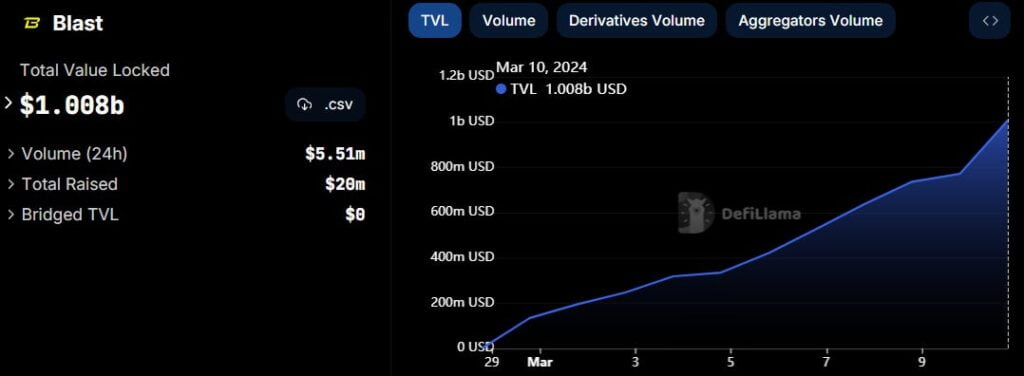Podcast Summary
This episode of The Hivemind features a comprehensive discussion on the future of on-chain liquidity. The guests, Ceteris, Yan, Duncan, and Matt, all from Delphi Ventures, delve into the history of on-chain liquidity, the rise of Automated Market Makers (AMMs), and the challenges faced by liquidity providers. The conversation also explores the potential shift towards off-chain solutions, the regulatory implications of different liquidity models, and the future of on-chain liquidity in the face of evolving market dynamics.
Key Takeaways
The Evolution of On-Chain Liquidity
- The Birth of AMMs: The podcast traces the history of on-chain liquidity, starting with Ether Delta in 2017. The emergence of DeFi led to the development of AMMs like Curve and Uniswap, which solved the gas constraints of fully on-chain order books. AMMs allowed liquidity providers to avoid constantly placing and canceling orders, making them more practical in a gas-constrained environment.
- The Rise of Token Rewards: The DeFi summer period saw the rise of token rewards and LP incentives, leading to the on-chain liquidity farming craze. Tokens were created to incentivize on-chain liquidity and bootstrap it by offering rewards to liquidity providers.
- The Challenge of Impermanent Loss: Impermanent loss (IL) refers to the underperformance of an AMM compared to a buy and hold strategy when prices fluctuate. LPs may leave money on the table when prices pump, leading to suboptimal selling decisions.
The Shift Towards Off-Chain Solutions
- Off-Chain Order Books: The inefficiencies of Alpine led to an increase in volume flowing to off-chain market makers and centralized exchanges like Kaoswap, Uniswap X, dydx, and vertex. Off-chain order books and intent-based protocols like UniswapX and Cowswap are becoming more popular for traders as they offer better execution paths and reduce the risk of being sandwiched.
- The Intent Architecture: The future of liquidity may involve a fully intent-centric model where AMMs are exposed mostly to toxic flow, and price discovery moves to intent-based off-chain models. The extreme end state of the intent architecture would involve applications being front ends with their own solving algorithms, and blockchains being used solely for asset settlement.
- Regulatory Implications: The negatives of this future scenario include increased centralization and regulatory pressure, as easier and more centralized solutions become bigger targets for regulation.
The Future of On-Chain Liquidity
- The Bull Case for On-Chain Liquidity: The argument is made that if inefficient models can attract billions of dollars of capital, there is potential for growth as models improve. The value of on-chain liquidity for traders and issuers is discussed, along with the offering of incentives to attract liquidity.
- Improving AMM Models: The need for solutions to address LP issues, such as dynamic fees, is acknowledged. Dynamic fees that increase with the size of the trade can help mitigate LVR (loan-to-value ratio) risks in AMMs.
- The Role of Oracles: Using an external Oracle price in AMMs introduces centralization risks, while centralized alternatives like Curve V2 can also reduce LVR.
Sentiment Analysis
- Bullish: The podcast expresses a bullish sentiment towards the future of on-chain liquidity. Despite the challenges and inefficiencies, the guests believe that on-chain liquidity will continue to evolve and improve. They highlight the potential for growth as models improve and the value of on-chain liquidity for traders and issuers. They also express optimism about the development of better solutions for LPs and the potential for AMMs to capture more value from off-chain auctions.
- Bearish: The bearish sentiment is evident in the discussion about the shift towards off-chain solutions and the potential negatives of this future scenario, including increased centralization and regulatory pressure. The guests also highlight the challenges faced by LPs, such as impermanent loss and the loss versus rebalancing phenomenon.
- Neutral: The neutral sentiment is reflected in the balanced discussion about the pros and cons of on-chain and off-chain solutions, the regulatory implications of different liquidity models, and the future of on-chain liquidity in the face of evolving market dynamics.











